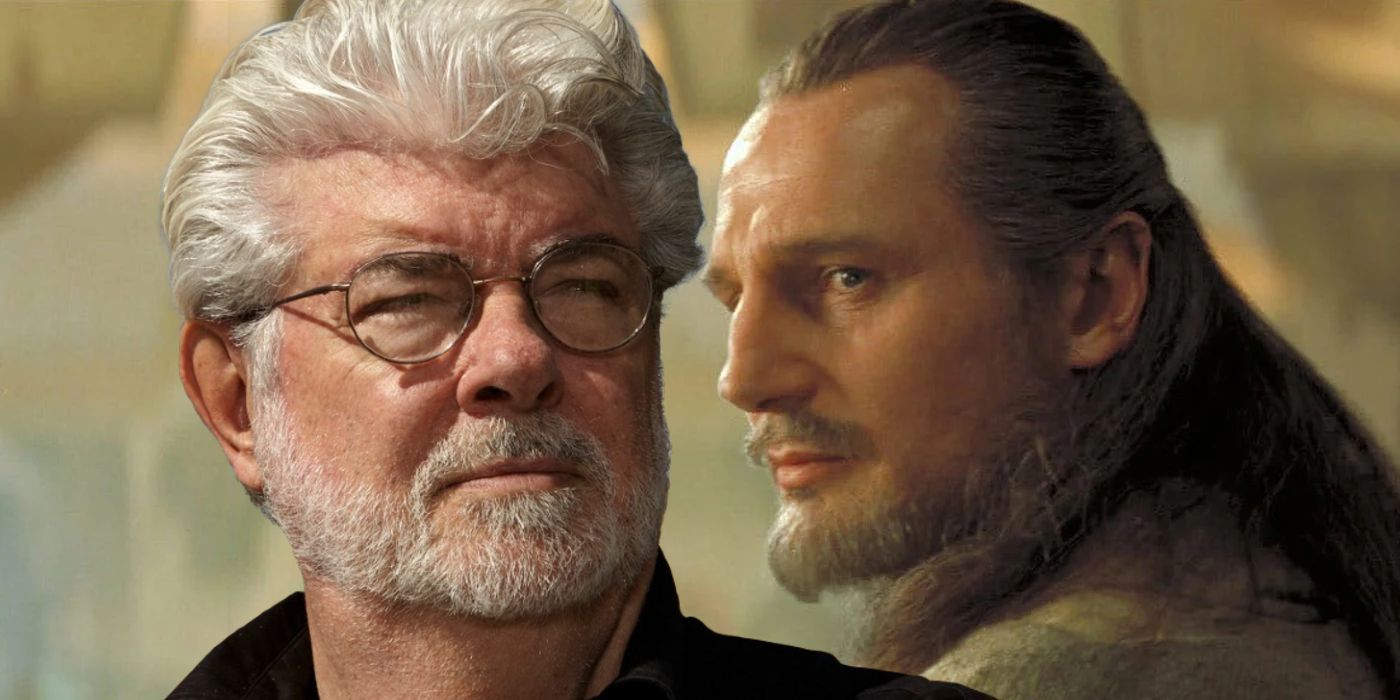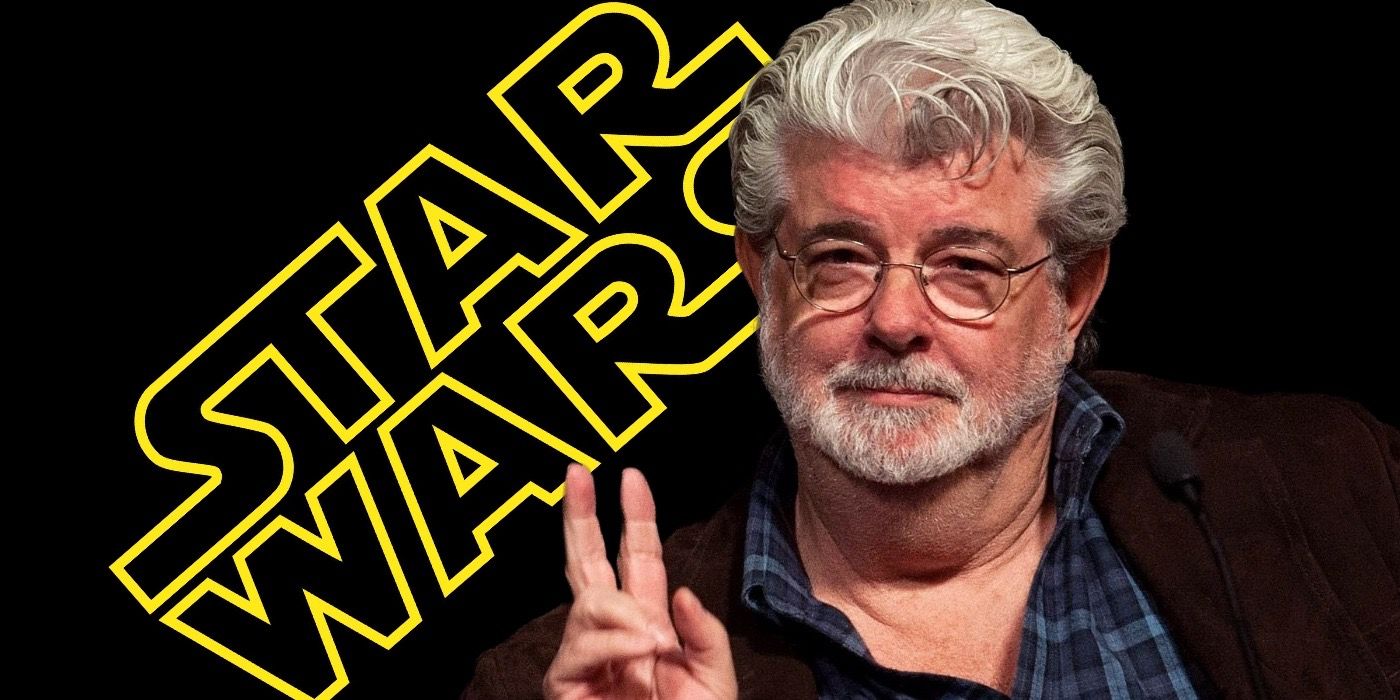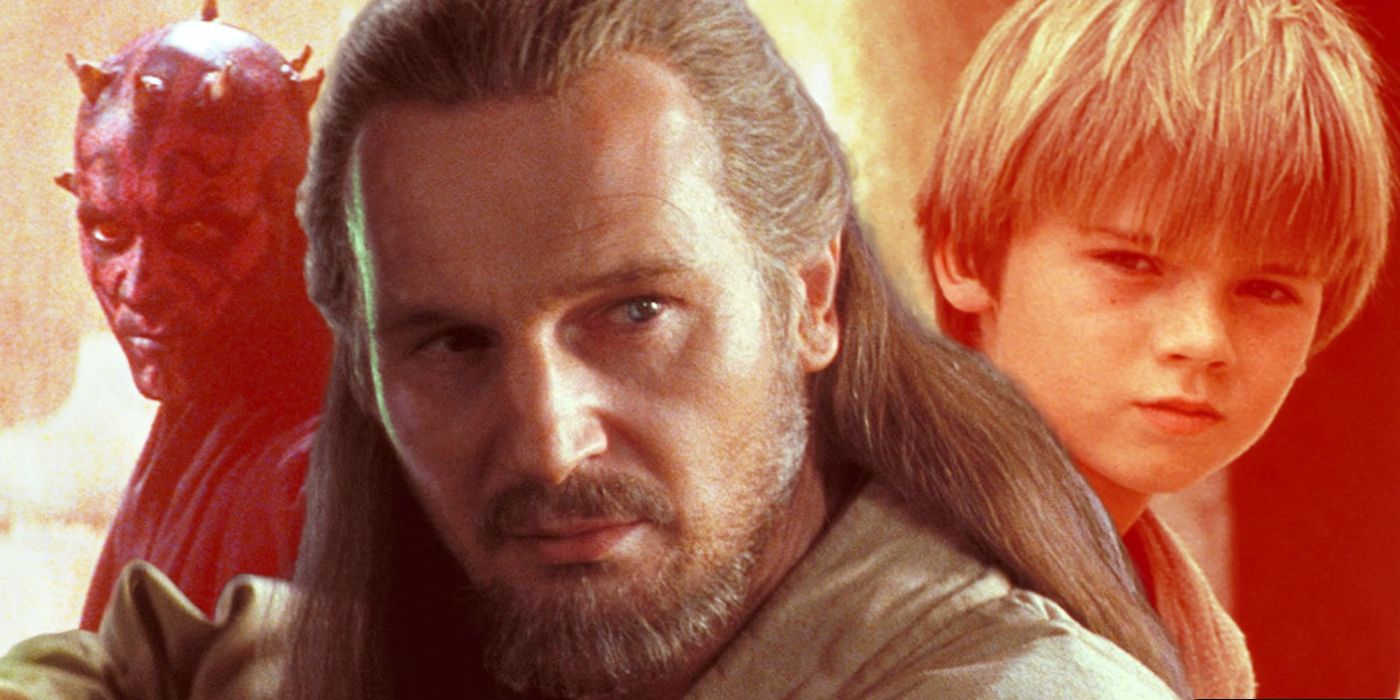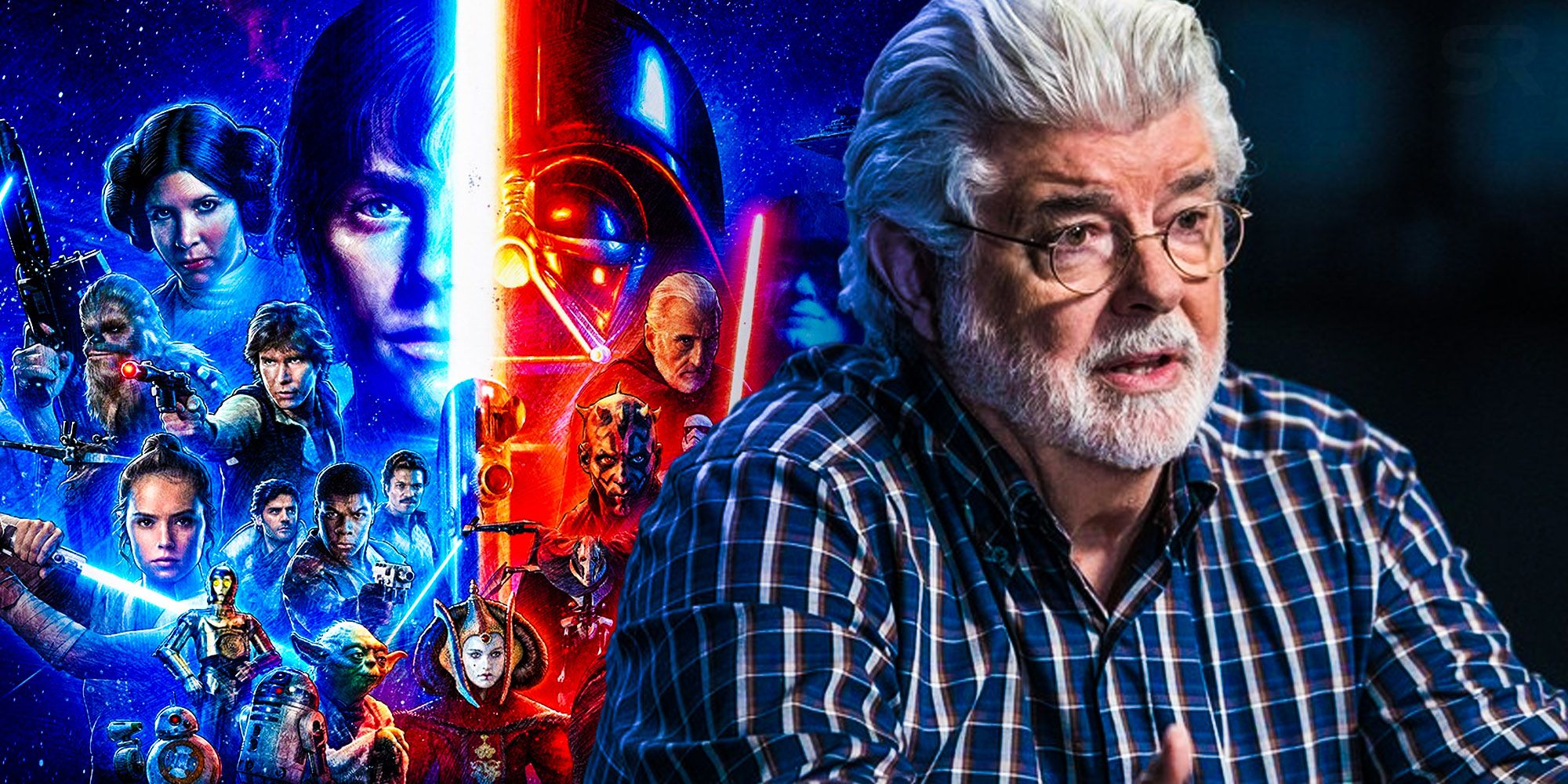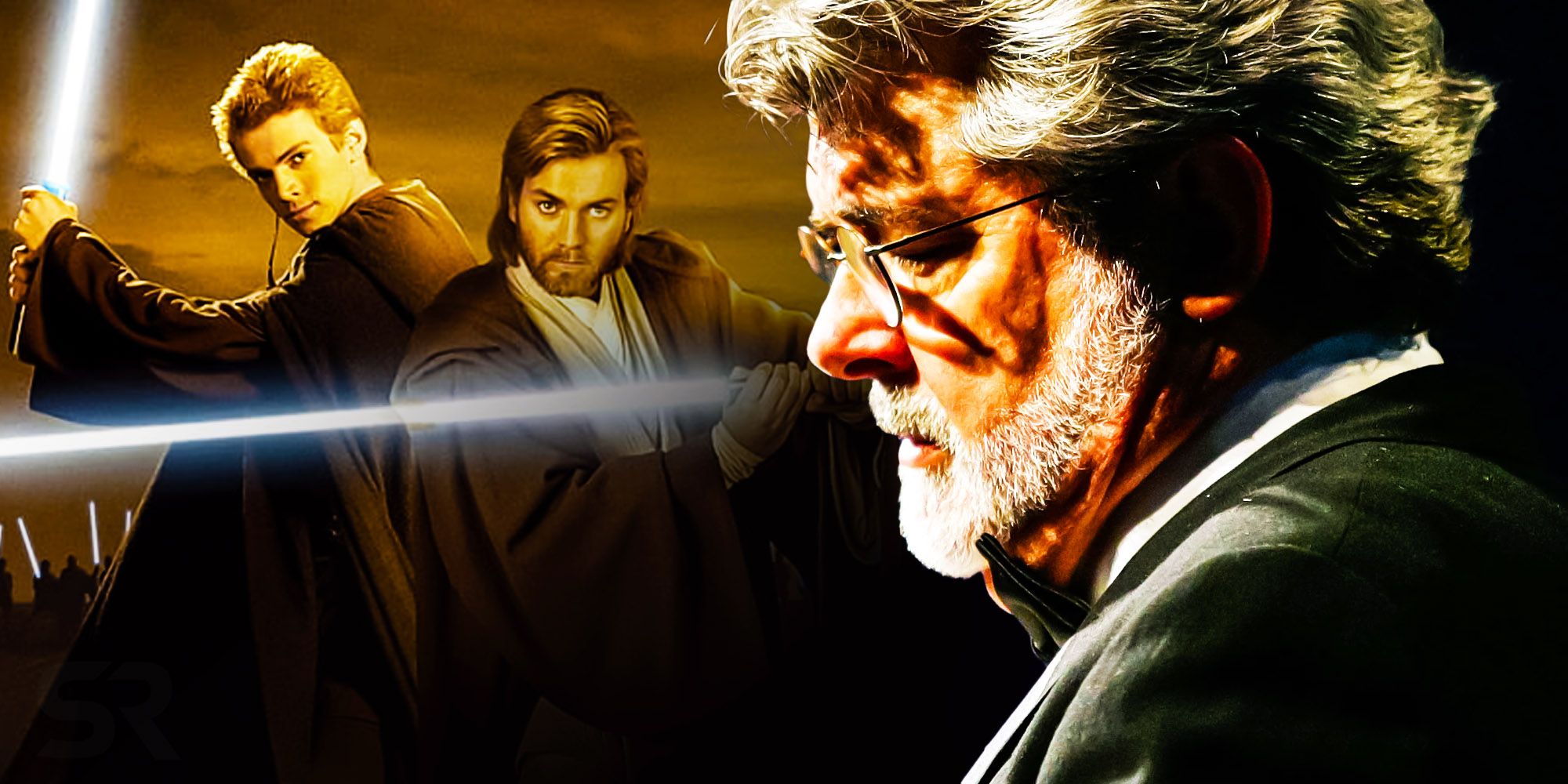Star Wars creator George Lucas has always considered the Whills and the midi-chlorians to be an essential aspect of the Force, and his explanation is ground-breaking. George Lucas originally envisioned Star Wars to be told from the Journal of the Whills. "Originally, I was trying to have the story be told by somebody else (an immortal being known as a Whill)," he explained in the annotated screenplay. "There was somebody watching this whole story and recording it, somebody probably wiser than the mortal players in the actual events. I eventually dropped this idea, and the concepts behind the Whills turned into the Force."
The Whills were not forgotten, however. They became part of Lucas' notes, and he actually touched on this lore when he introduced midi-chlorians in Star Wars: Episode I - The Phantom Menace. The Whills have become arguably more important in the Disney era, with Rogue One: A Star Wars Story introducing a Force cult called the Guardians of the Whills. Thankfully, Lucas finally dispels some of these mysteries in a series of interviews in Paul Duncan's The Star Wars Archives: Episodes I-III 1999-2005.
The Whills Explained By George Lucas
To understand the Force and the Whills, it's necessary to begin with midi-chlorians. Named as a blend of mitochondria and chlorophyll, the midi-chlorians are born in the cells, and help a living organism develop by providing them with energy. The Whills, however, can be compared to a bacteria or fungi in this context, and they exist in a symbiotic relationship with the midi-chlorians.
"The only microscopic entities that can go into the human cells are the midi-chlorians. They are born in cells. The midi-chlorians provide the energy for human cells to split and create life. The Whills are single-celled animals that feed on the Force. The more the Force there is, the better they are."
In terms of scale, there are up to 10,000 midi-chlorians for every cell - and 100,000 Whills for every midi-chlorian. Interestingly, although Lucas compares the Whills to bacteria, he refers to them as "animals" - suggesting he envisions them as sentient beings. Regardless of the formal definition of what are the Whills, the fact that Lucas planned to expand on the microscopical world of the Force after The Phantom Menace all but confirms that the Whills would be indeed sentient. This would have allowed hypothetical George Lucas Star Wars sequels to explore the Whills as characters, or at the very least, as the background for a story about how the Force really works.
With the midi-chlorians essentially representing the living organisms’ ability to generate energy – and therefore to be alive and generate the Force – the Whills need the midi-chlorians to exist, as the Whills feed off of the Force. Qui-Gon Jinn spoke to Anakin in The Phantom Menace of a symbiotic relationship between the midi-chlorians and the living things, yet, according to Lucas, the real key symbiotic relationship sustaining existence in the galaxy happens between the Whills and the midi-chlorians. Without the midi-chlorians to help the living creatures exist, there would be no Force for the Whills to feed off of.
Lucas Insists His Understanding Of The Force Is Still Mythological
Few viewers would anticipate a discussion of a mystical energy field turning into a science class comparing midi-chlorians to mitochondria and the Whills to bacteria. This is one of the biggest criticisms of The Phantom Menace, and at Lucas' plans for the saga as a whole, and the creator of Star Wars is well aware of the issue. Lucas has an interesting perspective, though, pointing out that there is nothing really scientific about midi-chlorians and the Whills – it is still mythological.
“Well, this isn’t science. This is just as mythological as anything else in Star Wars. It sounds more scientifical, but it’s a fiction. It’s saying that there is a big symbiotic relationship to create life, and to create the Force, but if you look at all life forms in the universe, most of them are one-celled organisms.”
The Phantom Menace doesn't go into any detail about midi-chlorians, and that perhaps explains why viewers didn't quite understand what Lucas meant; it led someone to conclude that midi-chlorians create the Force, or that they have a symbiotic relationship with the Force itself. But midi-chlorians do not explain what the Force is, as they are not the ones who generate it. Secondly, according to Lucas’ detailed explanation of midi-chlorians, their relationship with the Force comes from the fact that midi-chlorians power the living cell, essentially allowing life to exist. If there is life, there is Force, which goes back to Obi-Wan Kenobi's comments in the first Star Wars film.
George Lucas Viewed The Force As About Balance & Symbiosis
Despite keeping the mythological approach to the Star Wars universe, Lucas' focus on one-celled organisms does stem from parallels between the galaxy far, far away, and the real world. Obi-Wan specifically says the Force surrounds all living things, not necessarily all humans or all sentient living things. The way Obi-Wan Kenobi explained the Force to Luke set up Lucas’ bigger – or, in this case, smaller – plans for the Force should the Whills ever be explored. Though Star Wars never dove into the Whills as Lucas originally wanted, Obi-Wan’s take on the Force still works, and it makes the Force much more than just “Jedi stuff”.
“It is estimated that we have 100 trillion microbes in our body, and we are made up of about 90 percent bacteria and 10 percent human cells. So, who is in service to whom?”
Lucas draws an interesting parallel with the number of microscopic forms of life existing in the human body compared to how many cells there are. Roughly, for every human cell, there are 10 microscopic forms in the human body – considering both microbes and bacteria. That human cell/microscopic forms ratio leads to Lucas’ question – who is existing in service to whom? Taking it back to the Star Wars lore, the midi-chlorians, which are pretty much part of the living organism as their “mitochondria,” are vastly outnumbered by the Whills, yet they both have to coexist for it all to work. This is the symbiotic relationship that defines Lucas’ Star Wars.
According to Lucas, symbiosis lies at the heart of the concept of balance - an important idea in the saga. The Phantom Menace's Chosen One prophecy introduced the idea of someone foretold to bring balance to the Force, something neither Lucas nor the Star Wars movies ever really explained. It's possible Lucas intended to explore the midi-chlorians and the Whills, seeking to understand Anakin's role as the Chosen One - fitting with his comment that “the one-celled organisms have to have a balance.”
The balance of the one-celled organisms – Lucas notes that there are “good ones” and “bad ones” and the dichotomy of the Force seems to be where the sci-fi-like approach to the Force morphs into the more metaphysical take on the Force seen during the original Star Wars trilogy. Lucas goes on to say how the Force, like the one-celled organisms, is also split in two – the light and the dark side of the Force. As shown by Anakin Skywalker’s fall to the dark side, the negative side of the Force is about possession and fear whereas the light is about protecting life even at the expense of your own.
Why George Lucas Didn't Explore Midi-Chlorians After The Phantom Menace
The backlash to The Phantom Menace’s explanation about the Force kept George Lucas from continuing to explore midi-chlorians and the Whills after Episode I. Lucas affirms that “everybody freaked out” following Qui-Gon Jinn’s lesson to Anakin about midi-chlorians, with the reactions ranging from “we don’t like it” to "it’s terrible". Though Lucas never seemed to be necessarily guided by what audiences approved or not, the director was financially involved in the making of the Star Wars prequels and considered this concept to be (in his words) “self-indulgent”. Midi-chlorians would only be mentioned once again in the prequels, in Star Wars: Episode III – Revenge of the Sith’s opera scene.
George Lucas makes it clear, however, that his vision of the sequels would have revisited the Whills and the midi-chlorians. Lucas was "keen to have it be in the movies," and according to the Star Wars creator, it would all have been explained during the final three Star Wars films. Lucas eventually sold Lucasfilm and was not creatively involved in the making of Star Wars: The Force Awakens, although he did work on a script for Episode VII ahead of the Disney acquisition in 2012. It's fascinating to imagine how Lucas' Star Wars sequels would have played out.

